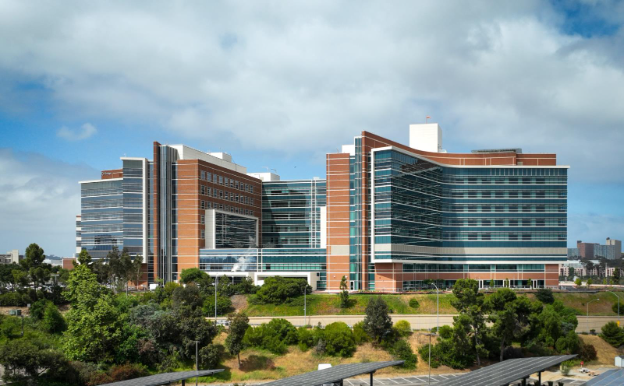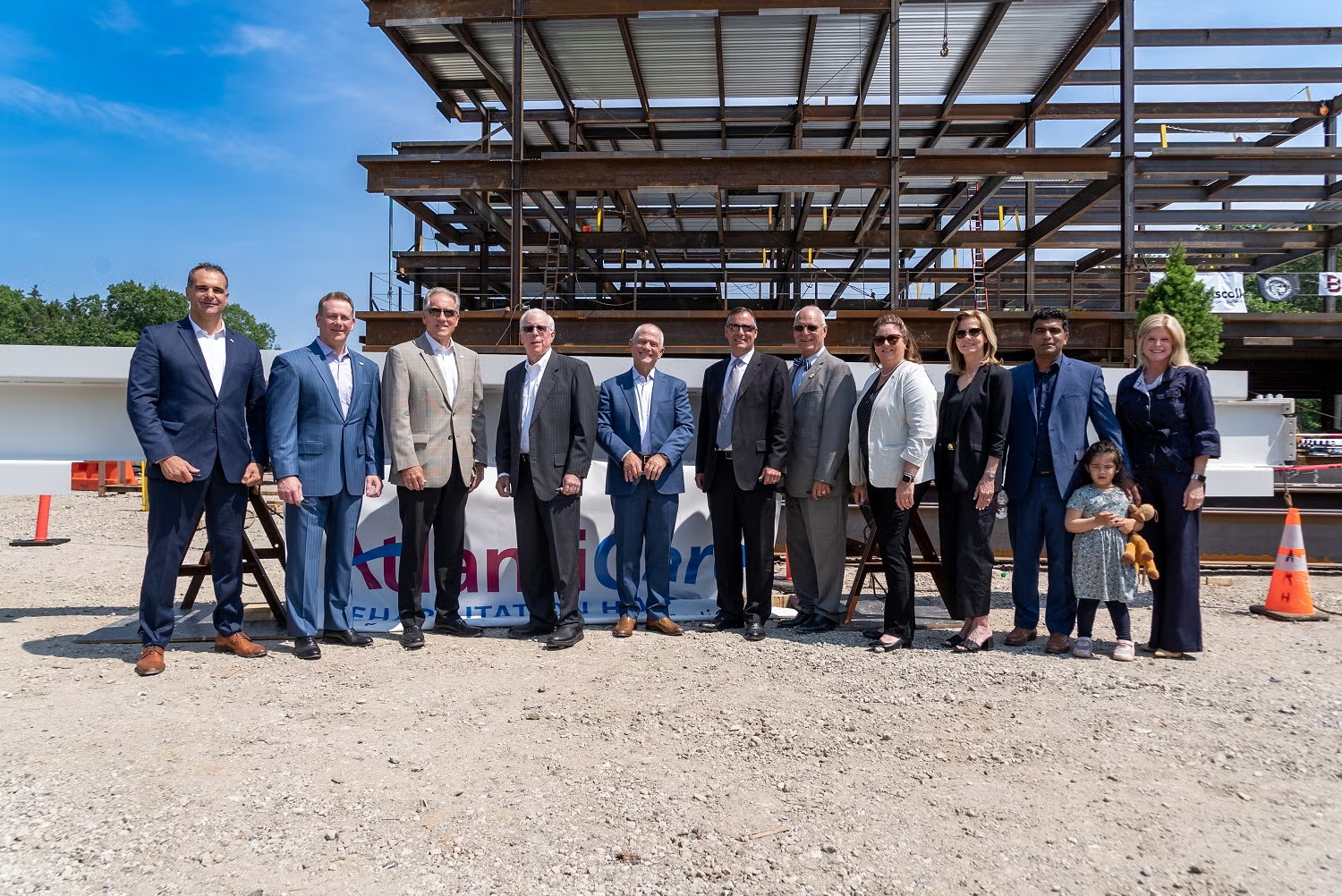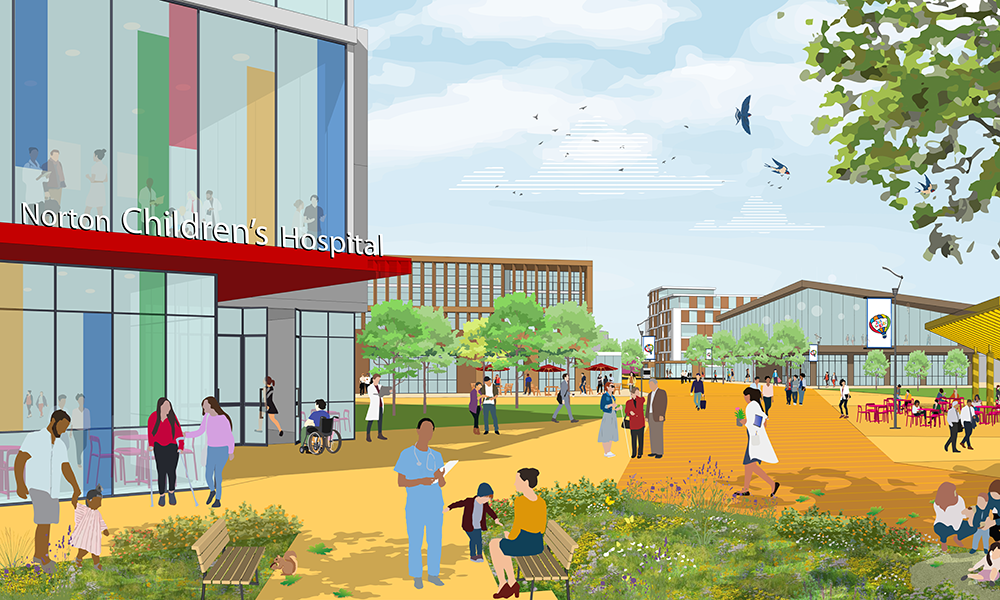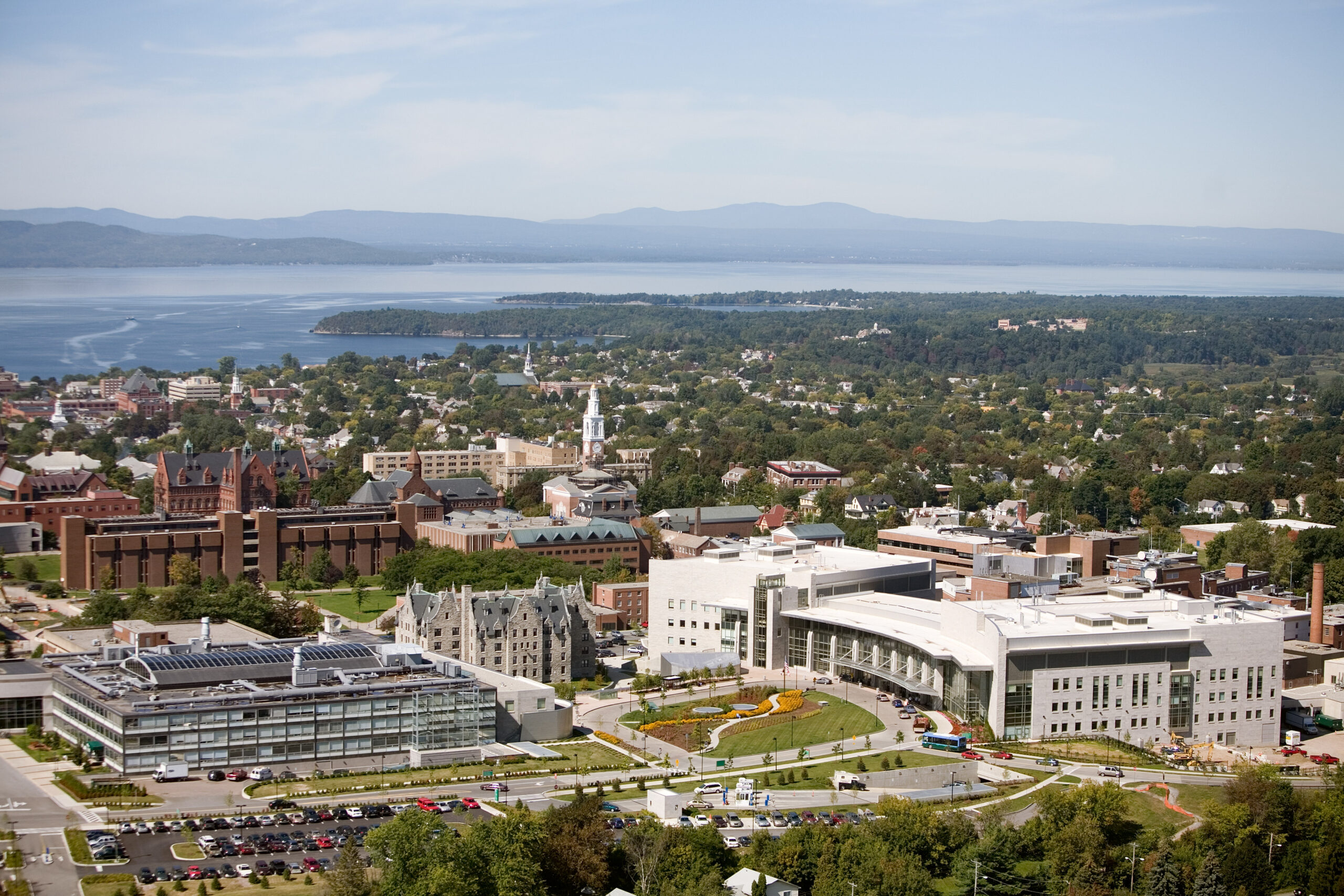By Eric Althoff
OAK BLUFFS, Mass.—Nearly 7,000 square feet of underutilized space at the Martha’s Vineyard Hospital have been renovated and repurposed during the coronavirus pandemic, the medical center recently announced.
The redesigned space will provide extra space for the hospital’s primary care center, which services the small island community’s year-round residents as well as its traditional influx of summertime visitors. Due to the island’s increased visibility and desirability as a tourist destination, the hospital also needed to be expanded—while simultaneously protecting the community’s limited space and wish to maintain its traditional ways of life.
In keeping with the desire of the community to ensure that the hospital maintains its look as part of the island’s infrastructure, the design motif for the expanded wing employed a nature theme. Accordingly, the colors, sounds and lighting in the reconfigured lobby evoke the sand, water and stone that are so much a part of the island’s topography and surroundings. As patients and their families await consultations in the hospital’s lobby, they will be bathed in natural “light fills.”
Arrival at the hospital has also been set up for ease of access, such that the rear parking lot allows direct ingress via a walk-in entryway. This is meant to foster a greater feeling of accessibility for new arrivals and be more welcoming than a more typical healthcare entryway.
The repurposed wing at the Martha’s Vineyard Hospital features 16 entirely new examination rooms as well as office areas for care providers. The main feature of the renovated space is the
MVH Primary Care Internal Medicine Suite, which expands the amount of healthcare space and capabilities for treatment that are available at the hospital.
Furthermore, the new layout allows for doctors and nurses to be working in contiguous offices rather than being spread apart within the hospital setting.
Martha’s Vineyard Hospital president and CEO Denise Schepici and Hospital Facilities Director John Murray worked on the redesign in conjunction with officials from the Boston offices of the architecture and engineering firm HED.
Less than 20,000 people live on the island year-round, but the population can grow far larger during the peak of summer tourism.





